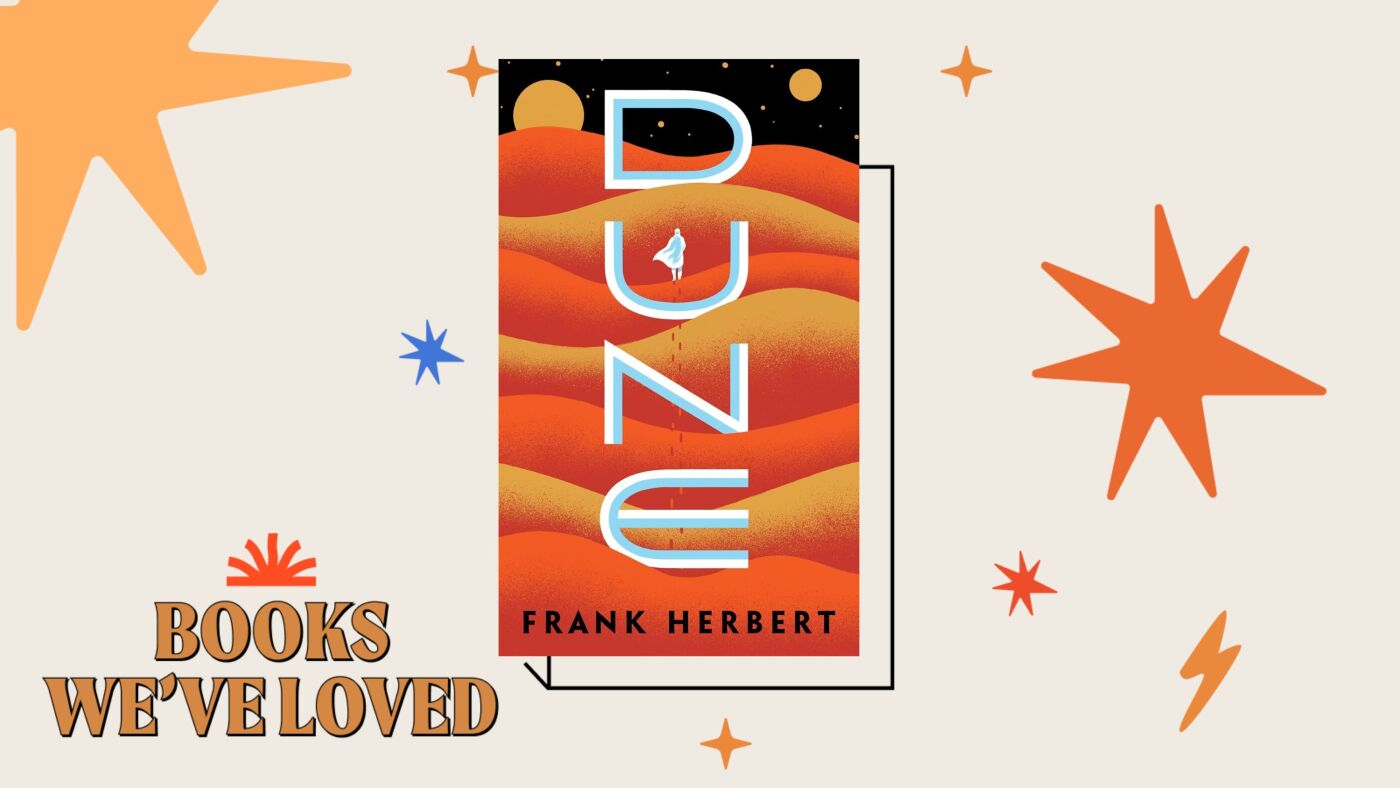On Sunday 28 December, the people of Kosovo exercised their democratic right by casting their vote in the early parliamentary elections.
After the political stalemate following the February 2025 elections, we look forward to the swift formation of…

On Sunday 28 December, the people of Kosovo exercised their democratic right by casting their vote in the early parliamentary elections.
After the political stalemate following the February 2025 elections, we look forward to the swift formation of…

Real Madrid C.F., its President and its Board of Directors deeply regret the passing of Enrique Collar, one of the great Atlético Madrid and Spanish football legends.
Real Madrid would like to express its condolences and affection to his family,…
The Rail Reliability Taskforce has submitted its recommendations on enhancing the reliability of our rail system to the Acting Minister for Transport.
2. The Taskforce was formed on 19 September 2025 to develop and implement immediate solutions to improve rail reliability and joint responses to train service disruptions. The Taskforce is chaired by LTA Chief Executive Ng Lang, and includes SMRT Group Chief Executive Officer Ngien Hoon Ping, SBST Group Chief Executive Officer Jeffrey Sim, as well as technical specialists across the rail sector.
3. A five-member Independent Advisory Panel was also appointed to provide strategic advice and technical expertise to the Taskforce. The Panel comprises seasoned leaders who have held key engineering and management roles in the rail sector around the world, with deep experience in the operations, management and maintenance of core rail systems.
4. The Taskforce commenced its review with joint technical audits of systems related to the incidents from July to September 2025. It also undertook a comprehensive and in-depth review of rail operations and maintenance – specifically asset management, workforce capabilities, as well as rail service recovery and commuter management.
5. As part of its work, the Taskforce conducted detailed technical workshops, site visits, direct ground observations, and interviews with operational and technical staff on the ground. The Independent Advisory Panel visited Singapore from 17 to 21 November 2025, where they reviewed the Taskforce’s preliminary findings, and assessed our operators’ practices, capabilities and incident response strategies. A summary of the Taskforce’s recommendations follows.
Addressing Recent Service Disruptions
6. The train service disruptions from July to September 2025 occurred across different MRT and LRT lines, and involved different systems such as signalling, power and rolling stock. The Taskforce found that while the underlying causes of the incidents were unrelated, there were several areas for improvement. For example, the Taskforce recommends introducing additional backup or bypass systems and procedures to allow train operations to continue or resume more quickly after a minor fault, once the safety of passengers has been ensured.
Enhancing Asset Management
7. The Taskforce recommends prioritising the renewal of three core systems (trains, signalling, and power) and to shorten the time taken to renew these systems. To achieve this, more engineering hours should be set aside, including through full day service closures, to carry out such works expeditiously, efficiently and safely.
8. The Taskforce also recommends leveraging technology and data to implement more comprehensive and standardised condition monitoring across our rail network, to allow for more timely interventions on pre-emptive maintenance and replacement of critical components. This complements the Taskforce’s recommendation to improve the management of spare components and parts to ensure that they are available when needed. Robotics and automation could also be deployed more extensively to augment our rail workforce in carrying out maintenance tasks more efficiently.
Deepening Workforce Capabilities
9. The Taskforce recognises that the rail sector needs to continually upgrade its workforce and sustain a pipeline of engineering talent to operate and manage an ageing and expanding network. The Taskforce recommends that LTA and the rail operators work together to strengthen the role of the Singapore Rail Academy in harmonising and raising standards across the board to prepare the rail workforce for future challenges. This would include enhancing the professional certification framework for rail engineers and technicians, by expanding certification coverage to more rail systems and workers. The Taskforce also recommends more structured and frequent staff rotations between LTA and the rail operators to build common perspectives and capabilities.
Improving Rail Service Recovery and Commuter Management
10. Maintaining a high level of rail reliability reduces, but does not eliminate, delays and disruptions, which will still happen from time to time. To improve rail service recovery and commuter management, the Taskforce recommends enhancing standard operating procedures to manage service disruptions on the ground, which will enable quicker and more effective resumption of service after faults. The Taskforce also recommends improving alternative travel options for commuters, as well as adopting a more commuter-centric mindset to guide affected commuters. This includes providing more precise, tailored and real time information on system status and alternative travel routes, as well as better wayfinding on the ground. Beyond the centralised webpage providing the real-time operating status across all rail lines which LTA launched on 13 Dec 2025, the Taskforce recommends developing more tools to provide real-time, journey-specific information to help commuters plan what to do when a disruption occurs.
11. Mr Ng Lang, Chairman of the Rail Reliability Taskforce and Chief Executive of LTA said: “The Taskforce’s work comes at an important time as Singapore juggles ageing existing rail lines alongside rapid network expansion. The challenge of operating and maintaining the rail system will only increase as its size and complexity grow. These recommendations will help guide the next steps to be taken to continue strengthening the reliability of our rail network.”

As a kid, Ramtin fell in love with Frank Herbert’s 1965 epic sci-fi novel, Dune. Today, he joins NPR’s Books We’ve Loved crew, Andrew Limbong and B.A….

More than 110,000 people have so far been through the gates of one of Australia’s longest-running festivals, deemed “more important than ever” this year.
Now in its 38th year, the festival at “Woodfordia” — a makeshift town that comes to life…

“It’s really wonderful, to me it’s recognition for the Forum Music Studio and everyone behind it.”
Campaigner Gill Castle, from Alnwick, received a BEM for services for people living with stomas.
In 2023, she became the first person fitted with a…

AI model using deep transfer learning – the most advanced form of machine learning – predicted with 92 % accuracy spoken language outcomes at one-to-three years after cochlear implants (implanted electronic hearing device),…

Thomas A. Parham, left, the outgoing president of California State University, Dominguez Hills, chats with students on campus.
Matt Brown/CSUDH
Thomas A. Parham’s seven-year stint as president of California State University, Dominguez Hills, is coming to an end.
During his tenure, the campus made progress in graduating and retaining students, though it fell short of some goals and remained below the average across Cal State. Dominguez Hills established a place on national college rankings for social mobility and student diversity, though enrollment has declined from roughly 18,000 to 15,000 students since 2020. And while new construction and accreditations on campus are a point of pride for Parham, 71, Dominguez Hills is also among Cal State campuses that have enacted difficult budget cuts in recent years, prompting protests from some students and faculty.
In an interview during his last month leading the university, Parham defended the campus’s achievements. “I don’t have any regret about the job we did, the difference we made, the transformation that we helped engineer on this campus and the lives that we transformed as a result of the work that we put in place,” he said. Dominguez Hills’ performance on measures like graduation rates should be understood in the context of its student body, which includes many first-generation, low-income and historically underrepresented students, Parham said. And he called on California lawmakers to invest more in campuses like his.
This interview has been edited for length and clarity.
Your campus, Dominguez Hills, is among the CSUs where enrollment has taken a dip since the pandemic. Why should students go to college?
It’s a good question, because if you look at the downturn in enrollments, there’s no single variable that ever accounts for 100% of the variance of explaining any equation.
One of them is the pipeline in (the Los Angeles Unified School District), which surrounds us, is going down, as are a lot of school districts. People didn’t have as many kids.
Second is, in a post-Covid reality, people are rethinking, ‘Do I want to invest my time, given how short life is?’ when they got reminded with all the friends and family that they lost.
If you think about employment, the minimum wage jumped to $20 (for fast food and some other workers) and in some places $25-an-hour. You’re paying a kid $25-an-hour – that’s $50,000 a year at a full-time clip. And someone’s got to think, ‘Why do I need to go to school when I can earn $50,000 doing whatever?’
The UCs couldn’t get their international (students) back. So now they’re taking students we used to be able to keep. Now we’re having to compete for students.
What’s the value to a student? Number one, we educate students that are much more culturally diverse than normal. And I still believe that education, much like Malcolm X said, is the passport to the future, for tomorrow belongs to those who prepare for today.
To me, a university education should never be to get a job. Education, for me, is about the cultivation of the human spirit and the human potential. How do I come to explore and understand what I’m really good at? What are my values? What are my interests?
CSU has recently unveiled a Student Success Framework to measure the university system’s progress. And that yardstick has to do with things like job placement and your career earnings. Do you feel that that’s appropriate or misguided?
It’s not at all misguided, because it’s one of the things that the public has an appetite for. The public is looking for the (return on investment, or ROI) question. If you’re in a corporation, your ROI is, what’s my return on investment?
Well, we have one of the cheapest games in town. Our biggest cost, in fact, is not even tuition and fees. It’s probably the housing supports — what I would encourage folk to look at.
But we have the public and our families who look at this as ‘How much is it going to cost me?’ rather than looking at it as ‘What am I prepared to invest in my future?’ Because we know that for a college graduate, their salary differential exponentially is higher across a lifetime, but also the benefits that they get pay off almost immediately in those particular spaces.
You co-chaired CSU’s Black Student Success Workgroup, which released a host of recommendations in June 2023. Do you feel that the current federal environment (and the Trump administration’s crackdown on diversity, equity and inclusion) has at all caused CSU to stall in these efforts?
We are acutely aware of the federal government’s hostility toward anything that looks like it wants to be diverse. Not a surprise to us, but we try to delicately dance, not to skirt the law, but really to be in tune with the law as it is written, and separate out what is someone’s opinion and perspective about what they like and don’t like, versus technically what is legal.
For example, they claim, somehow we’re discriminating because we run DEI centers, because we have an affinity center for Black students or women, because we have an LGBT center, or for disabled students, because we have a Latino Center or an Asian-Pacific Islander center.
Well, discrimination assumes — big assumption — that if you are anything other than connected to that affinity group, that you somehow can’t take advantage of that resource. You can be a white student and walk into a Black resource center. You can be a Latino student and male, and walk into a women’s center. You can be a woman and walk into the Male Success Alliance. There’s nothing that we have that restricts anybody’s engagement in that.
If we made any modification at all, it is about the language, because sometimes our language might have been more passive, which is ‘We don’t discriminate,’ as opposed to more active, which is ‘We actually invite others to come, take advantage of what it is that we offer.’
You often quote civil rights leaders and Black intellectuals. You quote Audre Lorde, Frantz Fanon, Fannie Lou Hamer, Martin Luther King, Jr., Carter G. Woodson. Does memorizing those words make them more meaningful to your life’s work?
They become mantras and symbols of possibility. When I see Fannie Lou Hamer talking about — I’m sick and tired of being sick and tired — it sometimes creates the mood and the ambiance that allows me to kind of move forward. When I see Fanon, which is kind of my daily mantra, say that Each generation, out of relative obscurity, must reach out and seek to fulfill its legacy or betray it — I go to work every day and go to bed every night deciding, have I fulfilled or betrayed the legacy that I’ve been blessed to inherit by my ancestors and my elders?
Do you worry that a student today, living in a world where it’s so easy to Google or to go to ChatGPT, will not build that muscle of having the words from the generations who came before them echoing in their head?
(Martin Luther King, Jr. said) Be careful that the means by which we live does not outpace the ends for which we live. And I always remember that. How prophetic was he to talk about that? And if you look at all the innovations that have happened since then — even in this AI generation and new innovations — we have to be careful that the means by which we live do not outpace the ends for which we live.
And every strategy has a plus and a minus. Life is always the synthesis of opposites in fruitful harmony. Sometimes your best friend can be your greatest weakness, if it’s used in an inappropriate context, or if the context changes. Our job is to maximize the ability of that new innovative technology to do good and minimize the destructive elements of it that people will use to manipulate and do things that are inappropriate.